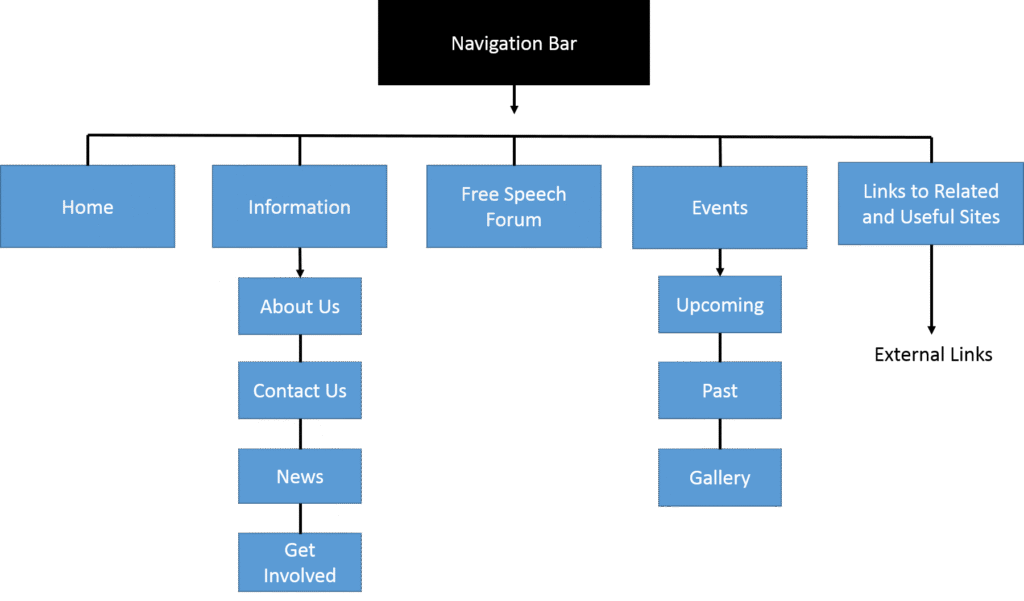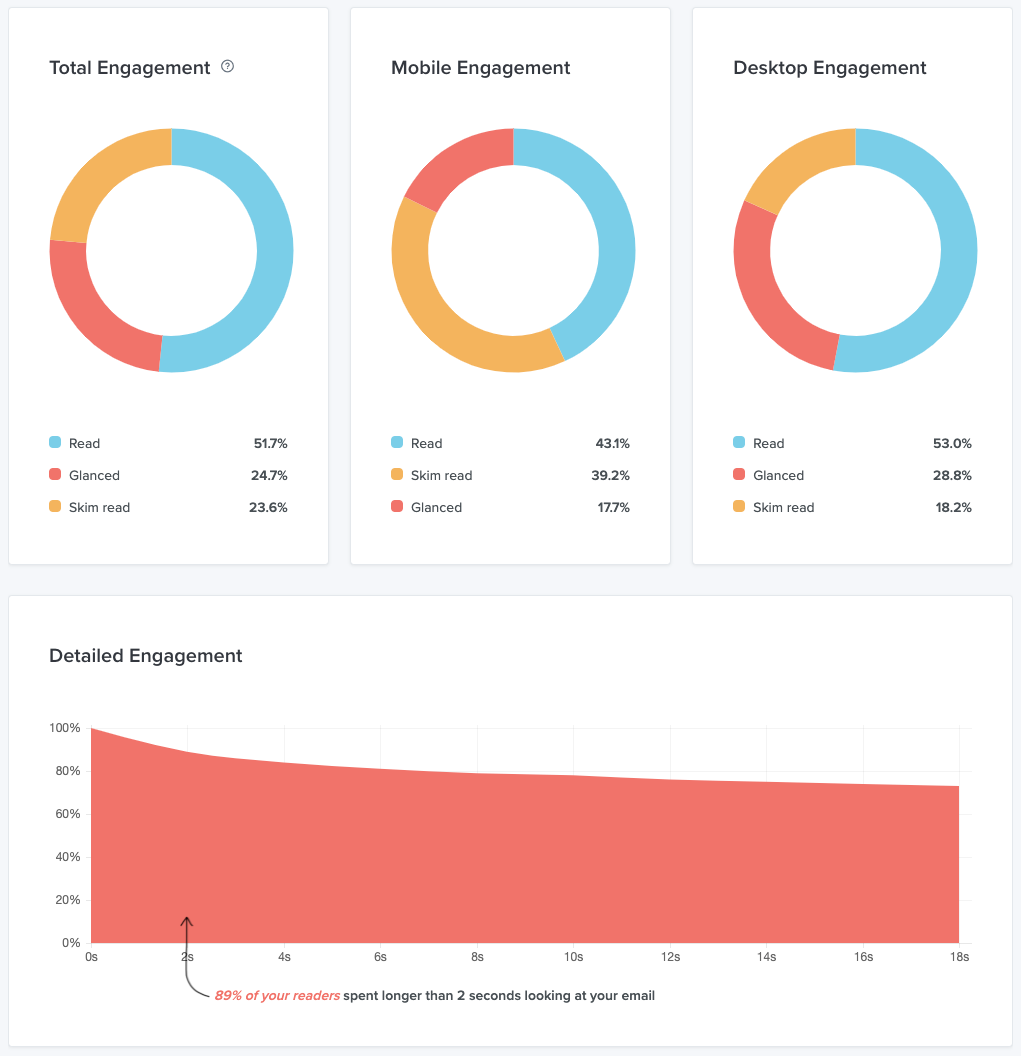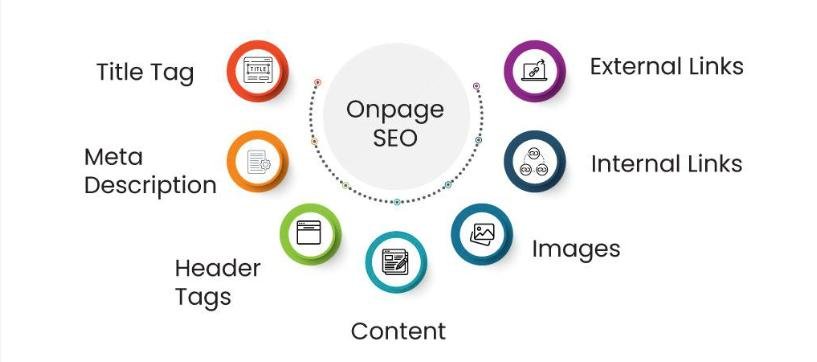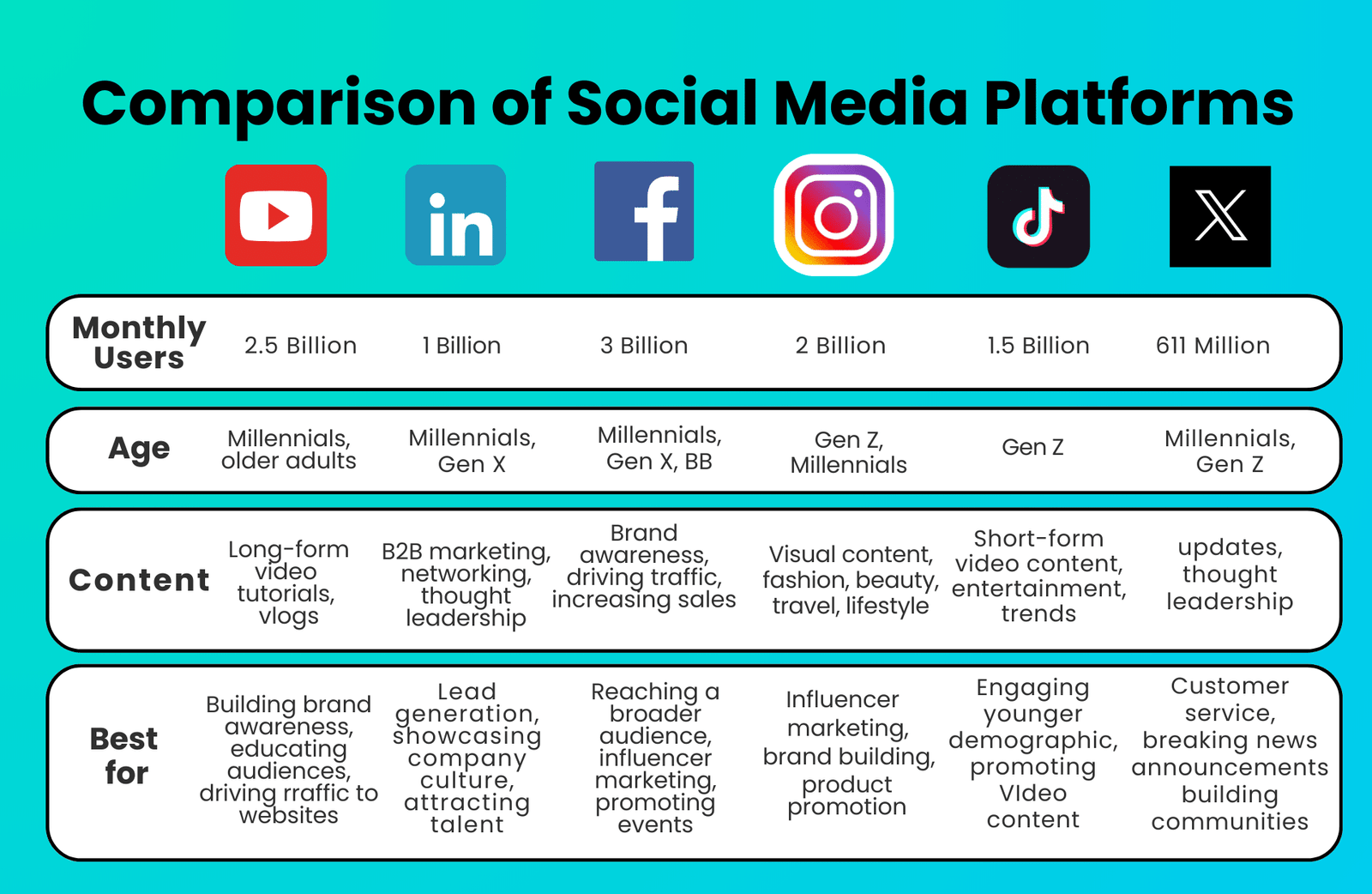Choosing a Profitable Niche
One of the most important steps when learning How can I successfully create an affiliate marketing website? is choosing a profitable niche.
A profitable niche balances three key factors: your interests, market demand, and potential for monetization. Here’s how to make the right choice:
1. Focus on Your Interests and Expertise
Building a successful affiliate site takes time and consistency. Choosing a niche you are passionate about or have experience in makes content creation much easier. When you enjoy the topic, it shows in your writing, and your audience will trust you more.
2. Research Market Demand
Even if you love a topic, it needs an active audience to be profitable. Use tools like Google Trends, SEMrush, or Ahrefs to gauge search volume and interest. Look for niches that have steady or growing demand over time, not seasonal fads that fade quickly.
3. Evaluate Affiliate Program Availability
Check if there are affiliate programs or products you can promote within the niche. Some niches have a lot of high-paying affiliate offers, while others might not be as lucrative. Look into networks like Amazon Associates, ShareASale, or CJ Affiliate to explore opportunities.
4. Analyze the Competition
A niche with zero competition often means no demand, but heavy competition can be overwhelming. Look for a balance — niches that have competition but still offer opportunities to stand out by targeting sub-niches or underserved topics.
5. Think Long-Term
The best affiliate marketing websites grow over time. Pick a niche that you can expand on — whether that’s through new content types, email marketing, or even selling your own products later.
Choosing the right niche is the foundation of your affiliate marketing success. By aligning your interests with market demand and monetization opportunities, you’ll set yourself up for long-term growth.

Finding and Joining the Right Affiliate Programs
After choosing a profitable niche, the next crucial step in learning how to successfully create an affiliate marketing website is finding and joining the right affiliate programs. The affiliate programs you choose directly impact your site’s earning potential and credibility.
Here’s how to make smart decisions when selecting programs:
1. Research Affiliate Networks and Direct Programs
There are two main ways to find affiliate opportunities:
- Affiliate Networks like ShareASale, CJ Affiliate, and Rakuten connect you with multiple brands under one platform.
- Direct Affiliate Programs are offered by individual companies (e.g., Amazon Associates, Bluehost, or Nike).
Both options have advantages. Networks offer convenience, while direct programs may offer better commissions and personalized support.
2. Prioritize High-Quality Products and Services
Your reputation depends on the products you recommend. Always choose programs that promote products you would genuinely use or endorse. Promoting poor-quality products can damage your trust with your audience — and trust is key for long-term affiliate success.
3. Check Commission Rates and Cookie Durations
Commission structures vary widely across programs. Some pay a one-time fee per sale, while others offer recurring commissions. Pay attention to:
- Commission Percentage (higher is better, but quality matters more)
- Cookie Duration (the longer the cookie lasts, the better your chances of earning a commission)
4. Evaluate Support and Resources
Good affiliate programs provide marketing resources like banners, emails, and product feeds. Some even offer training and dedicated affiliate managers. Programs that invest in your success are worth prioritizing.
5. Look for Affiliate-Friendly Policies
Before signing up, review the program’s terms and conditions. Some programs have strict rules on how you can promote products (e.g., no PPC advertising, no email marketing). Make sure their policies align with your marketing strategy.
Building a User-Friendly Website
When exploring how to successfully create an affiliate marketing website, establishing a user-friendly platform is paramount. A well-designed website not only attracts visitors but also encourages them to stay longer and engage with your content, thereby increasing the likelihood of affiliate conversions.
1. Choose a Responsive Design
A responsive design ensures your website adapts seamlessly to various devices, including desktops, tablets, and smartphones. This adaptability enhances user experience and is favored by search engines, contributing to better SEO rankings.
2. Simplify Navigation
Intuitive navigation allows users to find information effortlessly. Implement a clear menu structure with logical categories and include a search function to facilitate easy access to content.
3. Optimize Loading Speed
Website speed significantly impacts user satisfaction. Compress images, leverage browser caching, and minimize code to ensure fast loading times, reducing bounce rates and improving user engagement.
4. Maintain Consistent Branding
Consistent use of colors, fonts, and imagery reinforces brand identity and builds trust with your audience. Ensure that your branding elements are uniform across all pages.
5. Ensure Accessibility
Design your website to be accessible to all users, including those with disabilities. Use alt text for images, ensure sufficient color contrast, and enable keyboard navigation to comply with accessibility standards.
6. Incorporate Clear Calls-to-Action (CTAs)
Effective CTAs guide users toward desired actions, such as subscribing to a newsletter or clicking on affiliate links. Use compelling language and strategic placement to enhance conversion rates.
7. Provide Valuable Content
Deliver high-quality, relevant content that addresses your audience’s needs and interests. Regularly update your blog with informative articles, product reviews, and tutorials to establish authority and encourage repeat visits.
Creating High-Quality, SEO-Optimized Content
When exploring how to successfully create an affiliate marketing website, producing high-quality, SEO-optimized content is paramount. Such content not only attracts organic traffic but also builds trust with your audience, increasing the likelihood of affiliate conversions.
1. Conduct Thorough Keyword Research
Begin by identifying keywords relevant to your niche. Utilize tools like Google Keyword Planner, Ahrefs, or SEMrush to find terms with substantial search volume and manageable competition. Focus on long-tail keywords that align with user intent, as they often lead to higher conversion rates.
2. Craft Valuable and Engaging Content
Ensure your content addresses the needs and questions of your target audience. Whether it’s product reviews, tutorials, or informational articles, provide comprehensive and accurate information. Incorporate your focus keyword naturally within the content, including in headings and subheadings, to enhance SEO without keyword stuffing.
3. Optimize On-Page Elements
Enhance your content’s SEO by optimizing on-page elements:
- Title Tags and Meta Descriptions: Create compelling titles and descriptions that include your focus keyword to improve click-through rates.
- Header Tags (H1, H2, H3): Use header tags to organize content, making it easier for both readers and search engines to understand the structure.
- Alt Text for Images: Describe images with relevant keywords to improve image SEO and accessibility.
- Internal and External Links: Link to related internal content and reputable external sources to provide additional value and improve SEO.
4. Ensure Readability and User Engagement
Write in a clear, concise manner, using short paragraphs and bullet points to enhance readability. Incorporate multimedia elements like images, videos, and infographics to engage users and reduce bounce rates. A user-friendly layout encourages visitors to spend more time on your site, positively impacting SEO rankings.
5. Regularly Update and Refresh Content
Keep your content up-to-date to maintain its relevance and authority. Regularly review and update information, fix broken links, and add new insights to existing articles. Fresh content signals to search engines that your website is active and trustworthy.
Website Design and User Experience (UX)
When exploring how to successfully create an affiliate marketing website, prioritizing website design and user experience (UX) is crucial. A well-designed, user-friendly site not only attracts visitors but also encourages them to stay longer and engage with your content, increasing the likelihood of affiliate conversions.
1. Implement a Clean and Intuitive Layout
A clutter-free, intuitive layout helps users navigate your site effortlessly. Organize content logically, use clear headings, and maintain consistency in design elements. This approach reduces bounce rates and enhances user satisfaction.
2. Ensure Mobile Responsiveness
With a significant portion of web traffic coming from mobile devices, your website must be responsive. A mobile-friendly design ensures that your site looks and functions well on all screen sizes, providing a seamless experience for all users.
3. Optimize Page Load Speed
Fast-loading pages are essential for retaining visitors. Optimize images, leverage browser caching, and minimize code to improve load times. Tools like Google PageSpeed Insights can help identify areas for improvement.
4. Use Clear Calls-to-Action (CTAs)
Effective CTAs guide users toward desired actions, such as clicking affiliate links or subscribing to a newsletter. Make CTAs prominent, concise, and action-oriented to improve conversion rates.
5. Enhance Readability
Use legible fonts, appropriate font sizes, and sufficient line spacing to make your content easy to read. Break text into short paragraphs and use bullet points or numbered lists to improve scannability.
6. Incorporate Trust Signals
Building trust with your audience is vital. Include elements like testimonials, security badges, and clear privacy policies to reassure visitors of your site’s credibility.
7. Simplify Navigation
A straightforward navigation menu helps users find information quickly. Use descriptive labels and organise menu items logically to enhance the overall user experience.

Driving Traffic to Your Affiliate Website
Understanding how to successfully create an affiliate marketing website involves not only building a solid platform but also implementing effective strategies to attract visitors. Driving targeted traffic is essential for increasing affiliate conversions and achieving long-term success. Below are key methods to boost traffic to your affiliate site:
1. Optimize for Search Engines (SEO)
Implementing SEO best practices helps your website rank higher in search engine results, making it more visible to potential visitors. Focus on:
- Keyword Research: Identify and use relevant keywords that your target audience is searching for.
- On-Page SEO: Optimize title tags, meta descriptions, headers, and content with appropriate keywords.
- Quality Content: Create valuable, informative content that addresses your audience’s needs.
2. Leverage Social Media Platforms
Social media channels are powerful tools for driving traffic. By sharing engaging content and interacting with your audience, you can increase your site’s visibility.
- Platform Selection: Choose platforms where your target audience is most active (e.g., Facebook, Instagram, LinkedIn).
- Consistent Posting: Regularly share content, updates, and promotions.
- Engagement: Respond to comments and messages to build relationships with followers.
3. Utilize Email Marketing
Building an email list allows you to reach out directly to interested individuals.
- Lead Magnets: Offer free resources (e.g., eBooks, checklists) in exchange for email sign-ups.
- Regular Newsletters: Send informative emails with updates, tips, and promotions.
- Personalization: Tailor emails based on subscriber interests and behaviour.
4. Engage in Guest Blogging
Writing guest posts for reputable websites in your niche can expose your affiliate site to a broader audience.
- Identify Opportunities: Look for blogs that accept guest contributions and have an audience aligned with your niche.
- Provide Value: Create high-quality, informative content that offers real value to readers.
- Include Backlinks: Add links back to your affiliate site to drive referral traffic.
5. Participate in Online Communities
Joining forums and online communities related to your niche allows you to connect with potential visitors.
- Active Participation: Contribute to discussions by providing helpful insights and answers.
- Profile Optimization: Include a link to your affiliate site in your profile or signature.
- Avoid Spamming: Focus on building relationships rather than overtly promoting your site.
6. Invest in Paid Advertising
Paid ads can provide immediate traffic boosts to your affiliate website.
- Platforms: Consider using Google Ads, Facebook Ads, or other platforms relevant to your audience.
- Targeting: Define your target audience based on demographics, interests, and behaviors.
- Budgeting: Start with a manageable budget and adjust based on performance metrics.
Email Marketing and Building a Subscriber List
When exploring how to successfully create an affiliate marketing website, implementing an effective email marketing strategy is essential. Building a robust subscriber list allows you to engage directly with your audience, foster trust, and promote affiliate products more effectively.
1. Offer Valuable Lead Magnets
Entice visitors to subscribe by providing free resources that address their needs or interests. Examples include:
- E-books or Guides: Comprehensive materials on topics relevant to your niche.
- Checklists or Templates: Practical tools that assist users in specific tasks.
- Exclusive Discounts or Offers: Special deals on products or services.
2. Utilize Opt-In Forms Strategically
Place opt-in forms in prominent locations on your website to capture visitor information:
- Homepage: Highlight the benefits of subscribing.
- Blog Posts: Insert forms within or at the end of articles.
- Pop-Ups: Use timed or exit-intent pop-ups to prompt sign-ups.
3. Create Dedicated Landing Pages
Develop standalone pages focused solely on encouraging subscriptions. These pages should:
- Clearly Communicate Value: Explain what subscribers will receive.
- Include a Strong Call-to-Action (CTA): Prompt users to take immediate action.
- Maintain a Clean Design: Avoid distractions to keep the focus on the subscription offer.
4. Segment Your Subscriber List
Organize your email list based on subscriber behavior or preferences to send targeted content:
- Interest-Based Segmentation: Group subscribers by topics they’ve shown interest in.
- Engagement Level: Separate active subscribers from inactive ones.
- Purchase History: Tailor emails based on past purchases or interactions.
5. Automate Email Campaigns
Use email marketing tools to set up automated sequences that nurture subscribers:
- Welcome Series: Introduce new subscribers to your brand and offerings.
- Educational Series: Provide valuable information over a set period.
- Promotional Series: Highlight affiliate products with special deals or insights.
6. Monitor and Optimize Performance
Regularly analyze your email campaigns to improve effectiveness:
- Open Rates: Determine how many subscribers are opening your emails.
- Click-Through Rates (CTR): Assess the effectiveness of your CTAs.
- Conversion Rates: Measure how many subscribers take the desired action.

Monetization Beyond Affiliate Links
When exploring how to successfully create an affiliate marketing website, it’s essential to diversify your income streams beyond traditional affiliate links. This not only stabilizes your revenue but also enhances the value you offer to your audience. Below are several effective monetization strategies to consider:
1. Display Advertising
Implementing display ads through networks like Google Ad-sense or Media.net allows you to earn revenue based on impressions or clicks. This method is particularly effective for websites with substantial traffic.
2. Selling Digital Products
Creating and selling digital products such as eBooks, courses, or templates enables you to monetize your expertise directly. Platforms like Gumroad or Teachable can facilitate this process.
3. Offering Membership or Subscription Services
Establishing a membership area with exclusive content can provide recurring income. This model fosters a loyal community and consistent revenue.
4. Accepting Donations
If your content provides significant value, consider adding a donation option using platforms like Buy Me a Coffee or Ko-fi. This approach allows appreciative users to support your work voluntarily.
5. Sponsored Content and Partnerships
Collaborating with brands for sponsored posts or product reviews can be lucrative. Ensure that such content aligns with your audience’s interests to maintain trust and engagement.
6. Creating a Job Board or Directory
If your niche supports it, adding a job board or directory can attract businesses willing to pay for listings, providing value to both companies and your audience.
7. Hosting Webinars or Workshops
Conducting paid webinars or workshops allows you to share in-depth knowledge and interact directly with your audience, adding a personal touch to your offerings.
Legal Consideration
Understanding the legal landscape is crucial when exploring how to successfully create an affiliate marketing website. Compliance with laws and regulations not only protects your business but also builds trust with your audience. Below are key legal aspects to consider:
1. Affiliate Disclosures
Transparency is mandated by the Federal Trade Commission (FTC) in the United States. You must clearly disclose any affiliate relationships to inform users that you may earn commissions from purchases made through your links. This applies to blog posts, social media content, emails, and videos.
2. Privacy Policies and Data Protection
If your website collects personal information—such as email addresses for newsletters—you are required to have a privacy policy detailing how this data is used and protected. Compliance with data protection laws like the General Data Protection Regulation (GDPR) in the EU is essential, especially if you have international visitors.
3. Email Marketing Compliance
When sending marketing emails, adherence to laws like the CAN-SPAM Act (USA) is necessary. This includes providing a clear opt-out mechanism, avoiding misleading subject lines, and including your physical business address in communications.
4. Intellectual Property Rights
Ensure that all content on your website, including images, videos, and text, either belongs to you or is properly licensed. Using copyrighted material without permission can lead to legal disputes.
5. Avoiding Deceptive Practices
Engaging in deceptive practices, such as cookie stuffing—where cookies are placed on a user’s browser without their knowledge to generate affiliate commissions—is illegal and unethical. Such actions can lead to severe penalties, including fines and imprisonment.
6. Tax Obligations
Income earned through affiliate marketing is taxable. Depending on your jurisdiction, you may need to collect sales tax or report earnings to tax authorities. Consult with a tax professional to understand your obligations.
Conclusion
Building a successful affiliate marketing website takes careful planning, consistent effort, and a strong focus on providing real value to your audience. By choosing the right niche, creating high-quality content, optimising for SEO, and promoting trusted affiliate products, you set the foundation for long-term success.
Remember, affiliate marketing isn’t about quick wins — it’s about building trust and offering solutions that truly help your readers. Stay patient, keep learning, and continually improve your site based on what your audience needs.
Start today, stay committed, and watch your affiliate marketing website grow into a powerful source of passive income!





